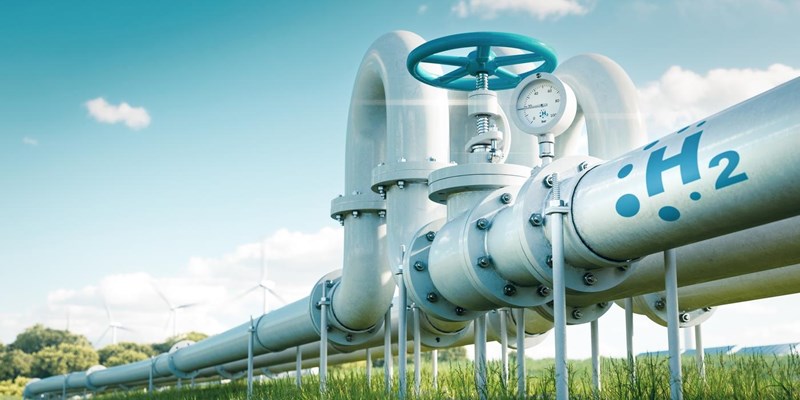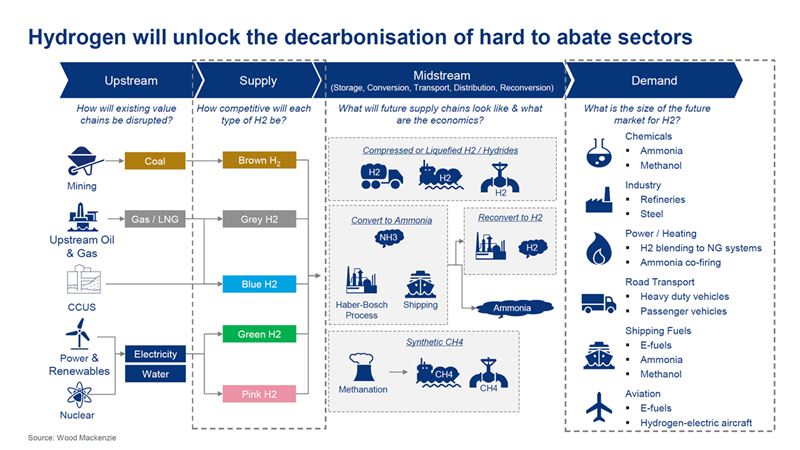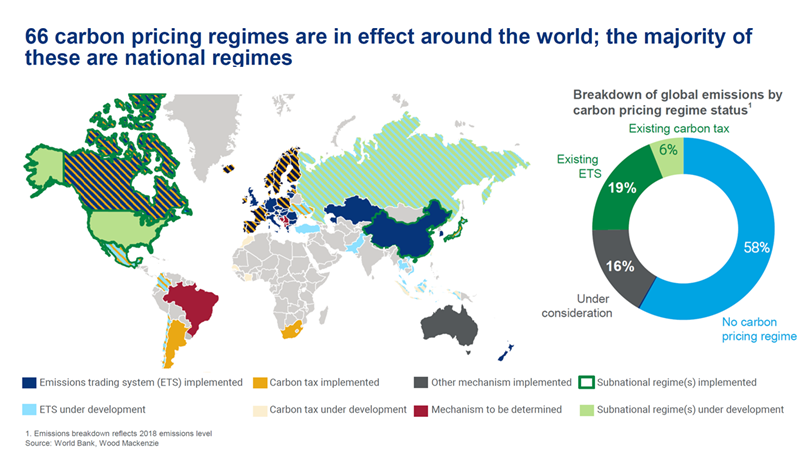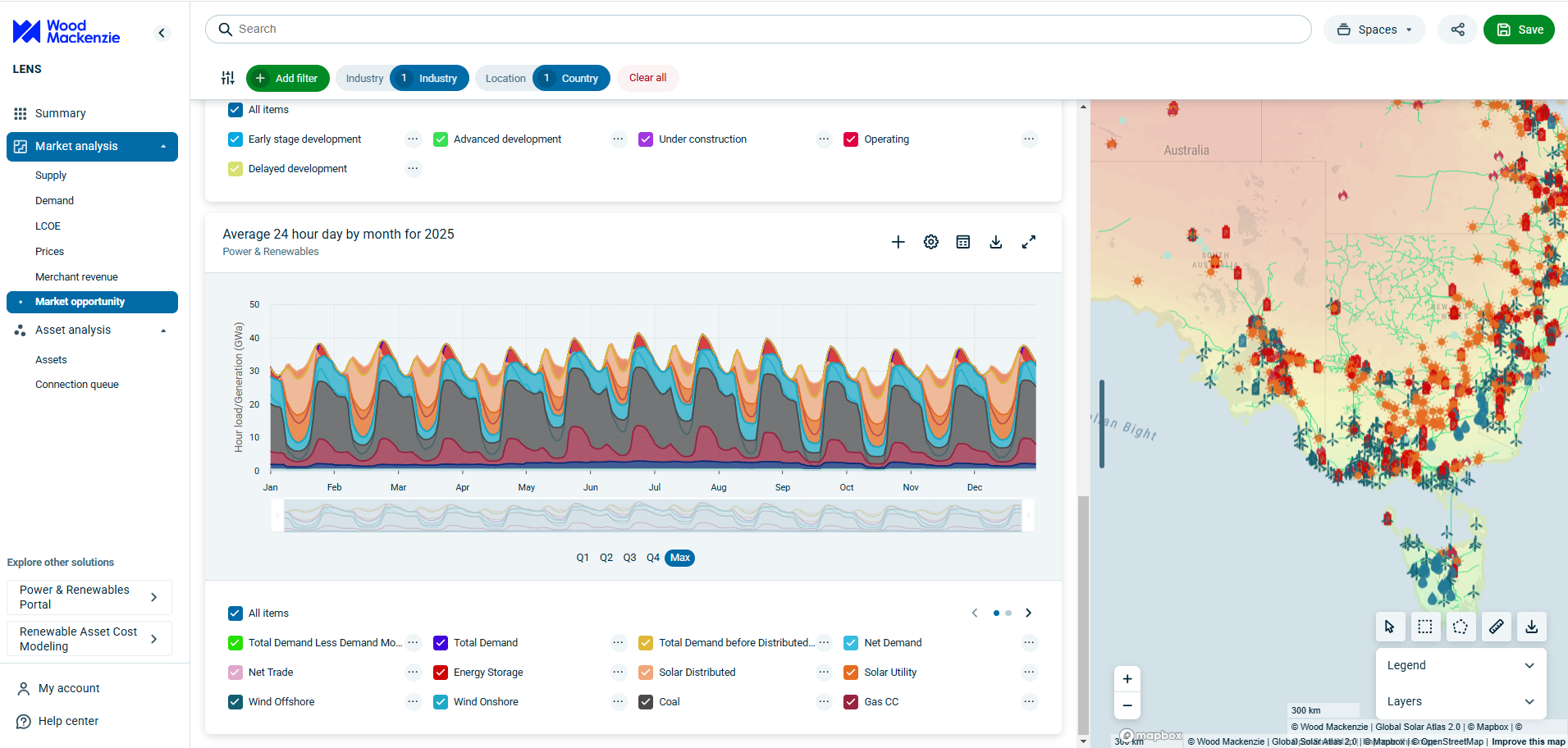
Energy Transition Service
Future Energy: Technologies shaping the energy transition
Hydrogen and CCUS: Technology is the king
Low carbon hydrogen costs plummet creating a bare minimum US$600 billion opportunity. As electrolyser capex falls 35-65% in the next decade, sub US$2/kg green hydrogen is achievable in most markets at source, by 2040.
Global low-carbon hydrogen demand will increase from below 1Mt today to 223Mt by 2050. Energy security and net zero commitments will drive hydrogen demand in many sectors such as power, steel, shipping, and aviation. Hydrogen co-fired as ammonia in coal plants in markets like APAC with traditional fossil-fueled power and practical limits for alternatives drive demand in power with 9 Mt by 2030.
From product points to centres of demand: moving low carbon hydrogen globally, find out more in our latest Hydrogen Spotlight.

Net zero scenario: who, where and how?
The world has a massive challenge to limit global warming to 1.5 ˚C, in line with the Paris Agreement. We will have to employ multiple solutions over the next few decades, as seen from the left chart. Electrification is central to the shift away from fossil fuels, with renewables and electric vehicles important disruptors in the early phases of the transition. Later, emerging technologies including carbon capture and storage and hydrogen at an industrial scale will become critical for decarbonizing hard-to-abate sectors. Advanced nuclear, bioenergy, geothermal, and battery storage each play an important role.

Carbon market: Play by the rule
Carbon pricing is seen as a critical policy tool to spur the energy transition. Of the world’s top 10 emitters responsible for 60% of global emissions, half have existing carbon pricing regimes, and most cover the industrial, power, transportation, and building sectors. Global weighted average carbon price in the compliance market hit US$ 28/tCO2e at the end of 2021, representing a 15% growth from the end of Q3 2021.
Voluntary carbon market size keeps expanding, and carbon offsets will constitute a crucial part to meet country-level and corporate emission goals. The average carbon price in the voluntary market increased to around The average carbon price in the voluntary market increased to around US$ 4.5/tCO2e in 2021, driving in 2021, driving the yearly traded volume to exceed US$ 1 billion.

Data hub at your fingertips:
Interrogate Wood Mackenzie's commodity supply and demand forecasts, scenario outlooks, and emerging technologies – all in one easy-to-use tool.
Your energy transition guide with comprehensive coverage
- Explore global net zero ambitions and actions in the areas of commodity, energy production, transport sectors, and power sectors
- Discover global hydrogen supply and demand outlook to 2050 with forecasts across five colors of hydrogen, 11 sectors, and 23 regions
- Track the project-level details of key carbon capture and storage projects for 15+ filters including capture technology, EOR, and announced project costs
- Examine Wood Mackenzie’s proprietary levelized Cost of Hydrogen for low-carbon hydrogen and levelized Cost of Carbon Capture and Storage for CCUS
- Overserve the carbon markets in terms of carbon pricing regimes, carbon tax, carbon offset, and case studies
-
US$60 trillion
of investment opportunity under 1.5 scenario
-
223 MT
of global low-carbon hydrogen demand by 2050
-
US$175/t
of carbon price forecast under 1.5 scenario by 2050
-
12 Bt
of carbon removal capacity by 2050





